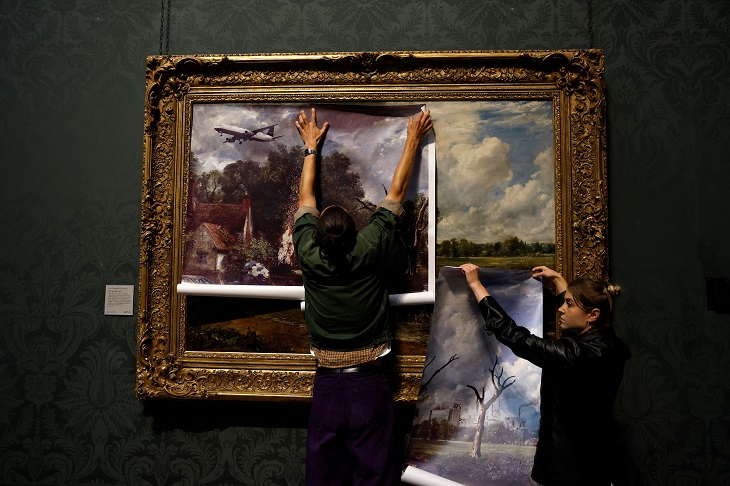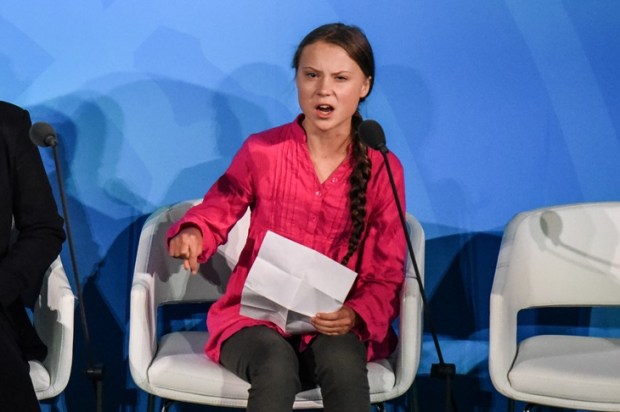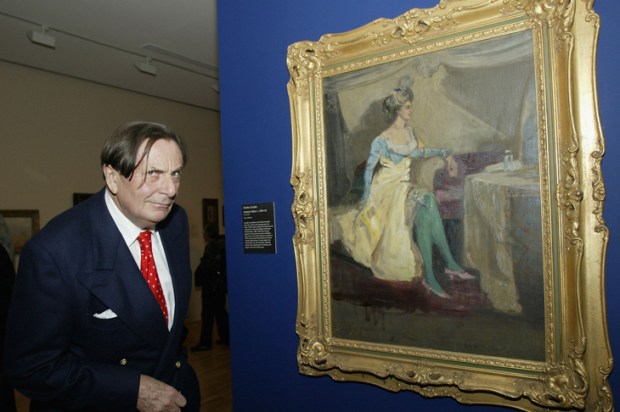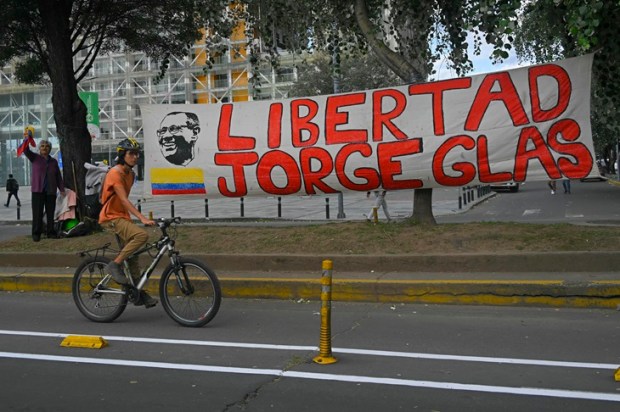It is probably fair to say that the last few months in the life of the average gallery attendant has become a little more challenging than usual. A role that ordinarily requires spending hours on end in largely silent rooms has transformed into a job in which a willingness to engage in virtual hand-to-hand combat with climate change catastrophists is a prerequisite. Rather than standing on street corners wearing, ‘The End of the World is Nigh!!!’ sandwich boards, these modern-day doomsayers are gluing themselves to Goyas and throwing mashed potato at Monets in the misguided belief that somehow their actions will make it less nigh.
In Australia, hands have been affixed to Picasso’s Massacre in Korea, and Andy Warhol’s Campbell’s Soup Cans. Meanwhile, thousands of miles away in London, real soup was thrown over both Vincent van Gogh’s Sunflowers housed in the National Gallery, as well as Vermeer’s Girl with a Pearl Earring in the Netherlands. Poor old Gustav Klimt’s Death and Life was doused with oil in Vienna, while in the Louvre, visitors were treated to a Monty Pythonesque spectacle in which a man disguised as an old lady leapt up from his wheelchair and attempted to smear the Mona Lisa with cake.
Understandably, the establishment is extremely worried about this spate of vandalism. In early November, over 100 of the world’s top museums directors, including the Metropolitan Museum of Art, the Uffizi, the Louvre, and the British Museum, penned a joint statement condemning the damage being inflicted upon their collections.
‘The activists responsible for them [the acts of vandalism],’ they wrote, ‘severely underestimate the fragility of these irreplaceable objects, which must be preserved as part of our world cultural heritage. As museum directors entrusted with the care of these works,’ they continued, ‘we have been deeply shaken by their risky endangerment.’
But it is what the directors did not say in this statement that is noteworthy. They failed to say that we are not hurtling towards an eco-catastrophe. At no point did they propose that human activity has limited, if any, effect on the weather and they certainly did not condemn the protesters as wildly deluded and deeply unhinged, which they clearly are. The directors did not say any of these things because a great many of them have been energetically promoting the ideology of the very activists who are now running amok in their institutions.
Take Hartwig Fischer and Tristram Hunt, who are the directors of the British Museum and the Victoria and Albert Museum respectively. Hartwig, who has been busily decolonising the museum’s collection in the name of inequality and discrimination, has also ensured that the British Museum develop a ‘Sustainability Ethos’ which states unequivocally that: ‘Climate change is one of the most significant challenges facing our society.’ Last year, as part of COP26, the museum co-hosted an event called, Unlocking Climate Solutions: From the Pacific Islands to the Arctic, why Indigenous knowledge must take centre stage.
Meanwhile, under Hunt’s watch, the Victoria and Albert has gone into full doomsday mode and now boasts a Sustainability Plan inspired by both the Paris Agreement and the UN’s Sustainability Goals. The museum believes that its mission ‘at this current time of climate and biodiversity crisis’ is to ‘bring together art and science, and use our ingenuity and imagination, to avoid catastrophe and build a sustainable future for all’. Though not a signatory of the statement, the director of Canberra’s National Gallery, Dr Nick Mitzevich might as well be. Mitzevich has thrown his hat into the climate apocalypse ring by overseeing the implementation of the ‘National Gallery Environmental Sustainability Action Plan 2022-2024’ which also takes its cue from the UN.
In 2019, the Prado took fearmongering to new heights by partnering with the WWF on a project entitled ‘+ 1.5ºC Changes Everything’. Together they came up with the brilliant idea to digitally alter a selection of the gallery’s paintings in order to depict a future of rising sea levels and drought. We see Velazquez’ King Philip IV and his horse looking petrified as the water threatens to subsume them, and Joaquin Sorrolla’s Boys on the Beach transformed into Boys on the Mudflats surrounded by Dead and Dying Fish. Most grotesque of all however, is Francisco de Goya’s The Parasol in which the happy young couple have been transported to climate change refugee camp, the abject misery written, or rather painted, all over their faces.
If this wasn’t bad enough, these dystopian nightmares were almost impossible to miss. They were installed on billboards across Madrid and posted on social media to specifically target younger people, most of whom already believe this nonsense anyway. With propaganda like this, it is no wonder that ‘eco-anxiety’ is a real thing among young people across the West. In a 2021 global study of 10,000 children across ten countries including Australia, researchers found that 59 per cent of respondents were worried about climate change, and that more than 50 per cent that they felt sad, anxious, angry, powerless, helpless, and guilty. The report also revealed that this anxiety was negatively impacting their daily lives, with 75 per cent claiming that they are frightened of the future, and 83 per cent claiming that mankind has failed to take care of the planet.
It is then, difficult to feel sympathy for those directors who find themselves ‘deeply shaken’ by recent events. Having signed up to the climate change cult, they should not be surprised when terrified members of the cult respond by vandalising their collections. Activism is all well and good when it’s a sustainability plan or a carefully curated exhibition to be reviewed in The Art Newspaper, but when it pierces its nose, dyes its hair blue, and glues its hands to your priceless Vermeer, then that’s another thing altogether.
Dr Bella d’Abrera is the Director of the Foundations of Western Civilisation at the Institute of Public Affairs.
Got something to add? Join the discussion and comment below.
Get 10 issues for just $10
Subscribe to The Spectator Australia today for the next 10 magazine issues, plus full online access, for just $10.



























Comments
Don't miss out
Join the conversation with other Spectator Australia readers. Subscribe to leave a comment.
SUBSCRIBEAlready a subscriber? Log in